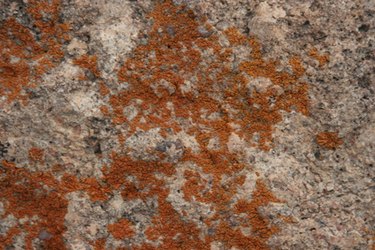
The invention of flashing tape has done much to simplify a wide range of building projects. This strong, waterproof adhesive is used during construction to tightly seal off the gaps between windows/doors and the exterior of the house. Many roofers also use flashing tape to seal cracks before securing shingles.
Description
Video of the Day
Flashing tape is composed of a durable strip of thin aluminum (or other similar substance) with a thick, highly adhesive backing that conforms to the structure surrounding it. It is available from a variety of vendors in sizes that range from 5 cm to 60 cm. Flashing tape is available in red, blue, silver and white, among other colors.
Video of the Day
What It Replaced
Before flashing tape was available, builders filled the spaces formed when installing windows and doors with heavy duty caulking. However, over time caulk becomes dried out and cracked, allowing moisture to enter the building and increasing the likelihood of mold growth. Windows and doors sealed with caulk also allow temperatures from the outside to enter the house, reducing energy efficiency and raising the cost of power bills.
Benefits
Flashing tape is available in lightweight, convenient rolls that are easy to store and dispense from. It provides a quick, no-mess sealant that is resistant to punctures and other damages. In addition to working to seal doors, windows and roofs, it is also commonly used around vents, chimneys, skylights and other fixtures that project through the exterior of the building.
Shortcomings
While flashing tape is resistant to the damage of UV rays, it should not be left exposed for more than 30 days. In fact, many builders recommend that the exterior covering be completed on the same day flashing is applied. It will not adhere well to surfaces containing polysulfide. It also should not be applied in the rain or when temperatures are below 40 degrees Fahrenheit.
How to Use
When applying flashing tape, always seal the bottom of the window (or other opening) first by running a horizontal strip of tape from one end to the other. Then seal both sides, applying the tape from the top to the bottom and allowing it to overlap the tape at the bottom. Finally, seal the top of the opening tightly with another horizontal strip of tape. Be sure the top strip of tape extends an extra few inches in both directions so that water will be directed away from the opening.